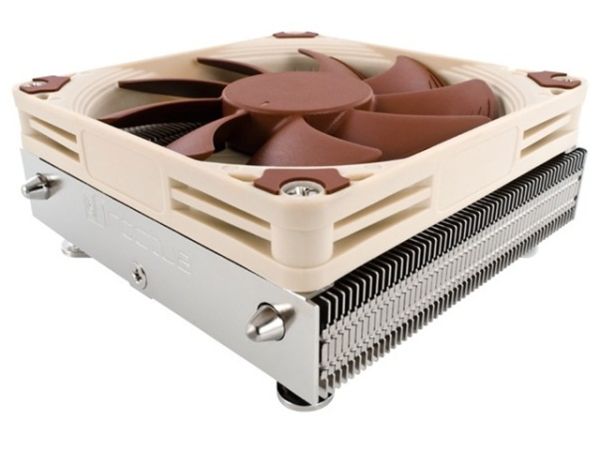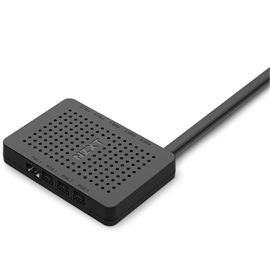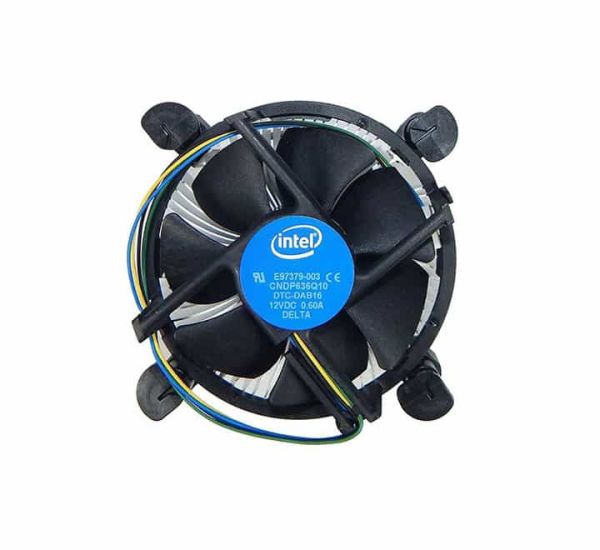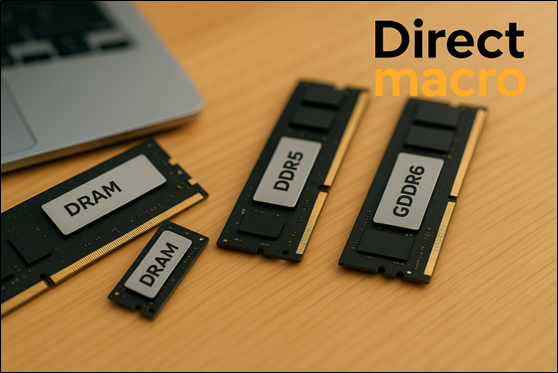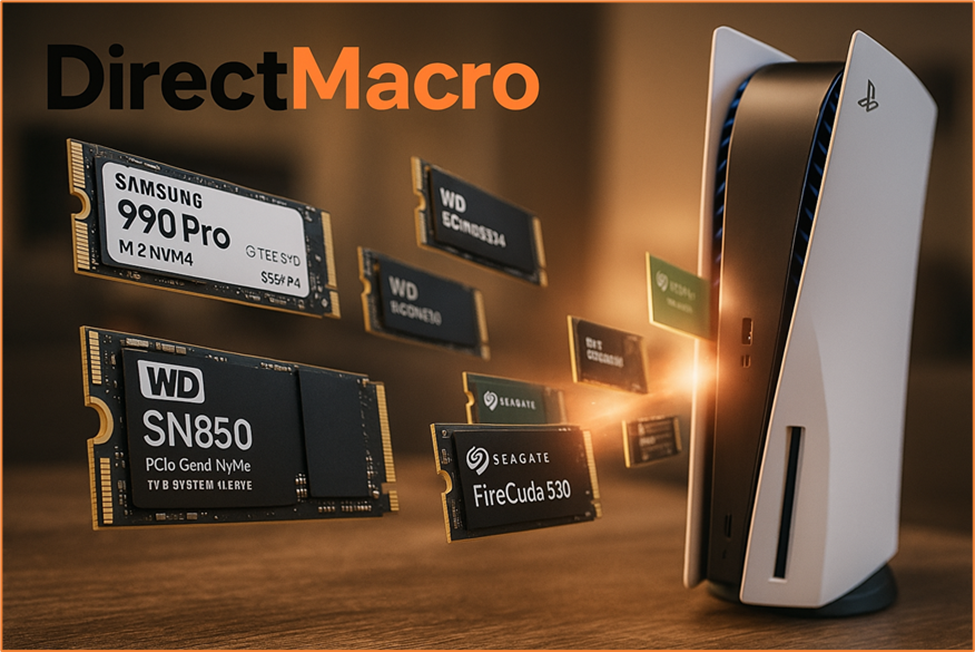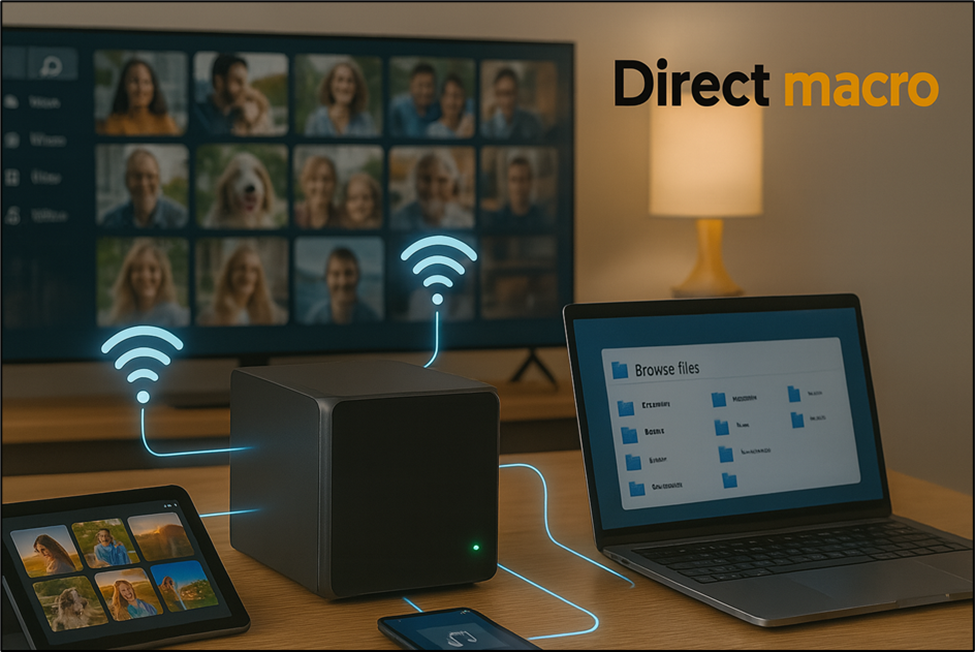A Beginner’s Guide to KVM Switches | Simplify Your Setup
Saving space and reducing clutter is the dream of every IT professional. If you want to streamline a large monitor setup with one central peripheral control, a connecting switch is the right choice for you. Switching between different computers is a game of one mouse. KVM switch dual monitor setups are the preferred choice of modern designers and 3d rendering artists. While enterprise uses advanced-tech switches. This blog shares a detailed guide on what KVM switches are, their various types, and how you can set them up for your workstation
What is a KMV Switch?
A KVM connects multiple computers and enables central functionality without using multiple keyboards and Monitor Mice. It is a hardware device that connects all PC peripherals, like Mouse, Keyboard, and monitor, to a single switch. The switch then enables you to take action on all connected Monitors.
How Does a KVM Switch Work?
KVM switch dual monitor setup is widely used in server rooms, home offices, small offices, data centers and networking rooms. It offers features to connect multiple monitors with a single connection to peripherals. This creates decluttering and makes the working experience more convenient for the user. KVM allows professionals with multi-computer setups to perform their jobs conveniently. It allows data center professionals to connect to any server without changing peripherals. You can connect all peripherals in their respective ports given on the switch and then connect the switch to the computer using an HDMI, VGA, or USB cable.
It offers an easy and seamless transition to switch between computers. Every Switch has buttons that control the transition through the computers. With the given button, you can tell the Switch which monitor you want to switch, OR you can use the short keys given in the keyboard for the same purpose.
Types of KVM Switch?
Desktop Switch
It’s a Dual monitor KVM switch that is specifically designed to meet the requirements of desktop setups. Desktop switches are used in small office setups and personal workspaces. These switches are small in size and have a number of ports varying from a minimum of 2 to a maximum of 4 or 8 in some cases. This switch comes with plug-and-play functionality and has a designated button that controls the user’s switch between the computer. Desktop switches can support more than two computers.
Rack Mount KVM:
It’s an advanced version of Switch that is designed to work in server racks. Unlike desktop switches, Rack Mount KVM is used in large enterprise setups where IT administrators are required to control multiple servers in a rack.
Rack Mount KVM has a greater number of ports, varying from 8 ports to 64 ports. You can choose the KVM with the desired number of ports, depending on the number of servers required to connect. You can switch between computers in multiple ways: using the given button on the device, trying keyboard shortcuts, or clicking on the on-screen display. Advanced versions come with daisy technology and more strong security features. For better connectivity, users prefer the Kvm switch DisplayPort because the cable has latches that prevent fluctuation and give a strong connection.
IP Remote Access KVM
The IP remote access switch is used in data centers and large enterprise set-ups where large IT infrastructures are to be maintained. Using a single IP remote Access switch, you can control and manage different computers remotely.
An IP remote switch allows you to virtually control all the systems and servers from anywhere in the world. It uses an IP network to access the standard ethernet and connect with the devices. This type of switch comes with a greater number of ports. Data security is of the utmost importance in these types of switches. Special Features:
- BOIS- Level Access
- Video and peripheral supports
- Multi-user support
- Advanced security and encryption controls
NIAP Switch
These are greatly used in government-based IT infrastructure centers that handle large amounts of data and require extremely secure connections. In the constantly changing cyber environment, NIAP provides Certified secure server access and peripheral control and prevents unauthorized cross-system communication. These switches are not used in normal businesses; they are only used by organizations dealing with macro-level IT infrastructure.
CAT5 Switch:
Advanced switches come with cat5 cables or upgraded versions. Data center switches and IP remote control switches work with advanced cable support, especially in long-distance connections. It has more ports with compact design, provides IP access and has operating system compatibility with MacOS, Linux and Windows).
Managed and Unmanaged Switch
Managed and unmanaged switches are two K-V-M switch variants that allow the user different features. The major difference lies in the level of customization they offer. An unmanaged switch, like a desktop switch, can simply work with a plug-and-play method. On the other hand, Managed switch offers user control over configuring and managing the monitor network. Unmanaged switches are used in small offices, while managed switches are used in large server rooms.
Choosing the best KVM Switch:
Before buying a KVM, remember the following points:
- Evaluate the number of ports you need for your setup and future scalability if you want to increase them in future.
- What kind of resolution support do you want? Then, choose the switch with similar cable compatibility that can support the required resolution.
- How much power does it take considering your monitor setup? Non-powered switches can handle the system without power. However, for advanced setups, you need a more powered Switch.
- Check which type of Switch is compatible with your operating system.
- Check the switch build, the amount of space it takes, and how convenient it is to set up.
Buying Considerations for best KVM switch:
Conclusion:
A peripheral connectivity switch is an essential part of modern enterprise systems and professional workstations. Not only do they offer a compact monitor setup and improve connectivity, but they also help increase productivity. This blog provides an easy understanding of switches along with their multiple types. This will help you choose the best KVM switch to meet your requirements.
How to set up a K-V-M Switch Monitor?
A KVM switch monitor can be set up in simple steps. Using the manual guide in the switch box, identify input and output cables. Then, connect your PC peripherals, such as the mouse, keyboard, and others, to the switch’s output ports. In the next step, take the compatible cables and connect all the computers to the switch input ports. Turn on the switch to check the short keys and see if the devices connect perfectly.
Does KVM Switch Affect Performance?
Connecting to a KVM has no direct impact on your PC performance. The switch doesn’t take power from the computer. It simply transmits a signal from the peripheral to the device you have selected. However, if you don’t use a cable that is compatible with the switch, your screen experience may deteriorate.
Do KVM switches need drivers?
KVM does not need the drivers to connect with any multi-monitor setup.
Do KVM switches work with speakers?
Though these switches were originally meant to connect the keyboard, Video Monitor and Mouse, they can also connect peripherals such as speakers, microphones, and more.
What is hdmi kvm switch?
HDMI KVM switch uses HDMI cables to ensure high-definition resolution on the screen. It is often used with advanced set-ups or workstations with high resolution requirements.
Do you need advice on buying or selling hardware? Fill out the form and we will return.

Sales & Support
(855) 483-7810
We respond within 48 hours on all weekdays
Opening hours
Monday to thursday: 08.30-16.30
Friday: 08.30-15.30




